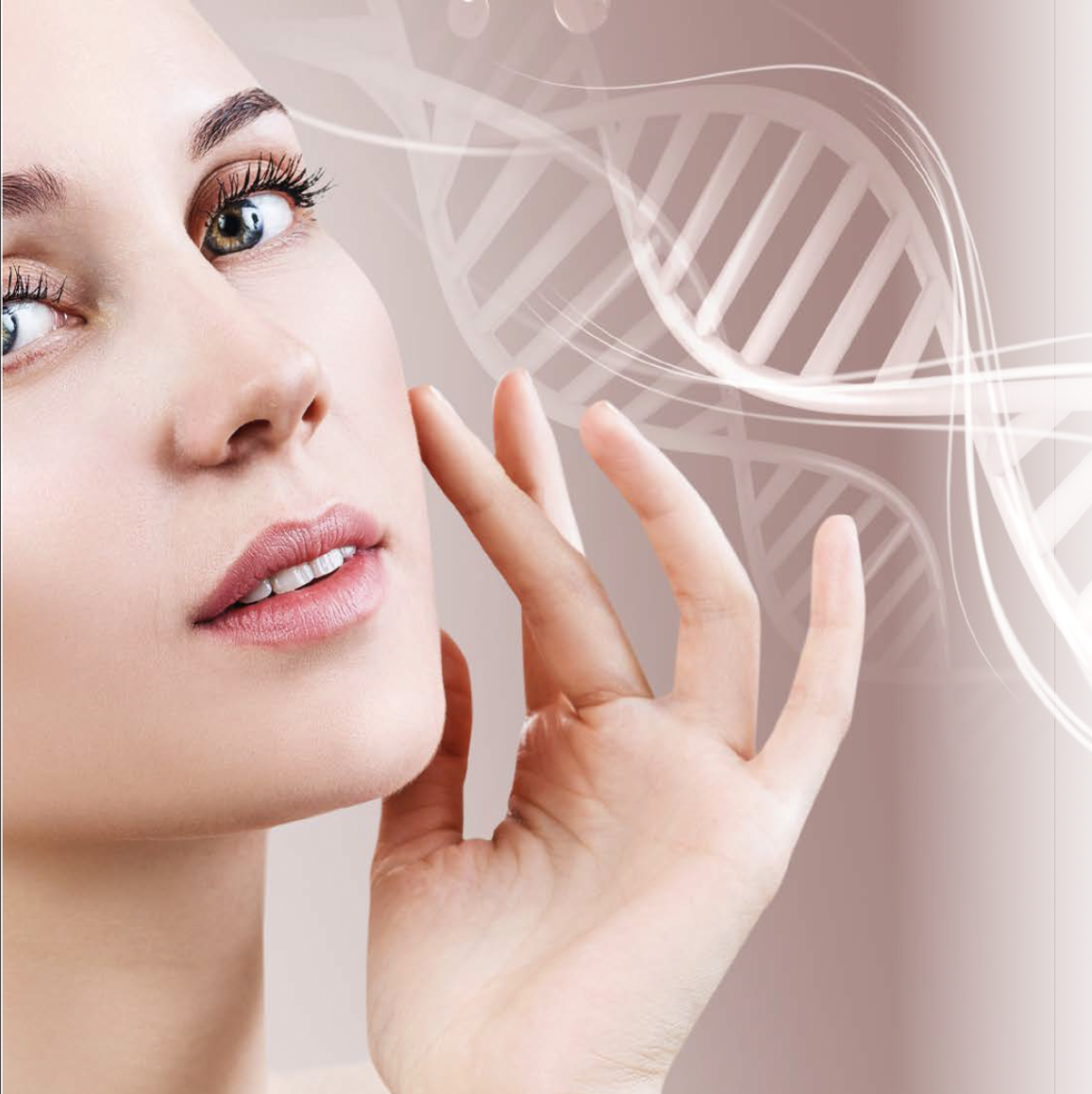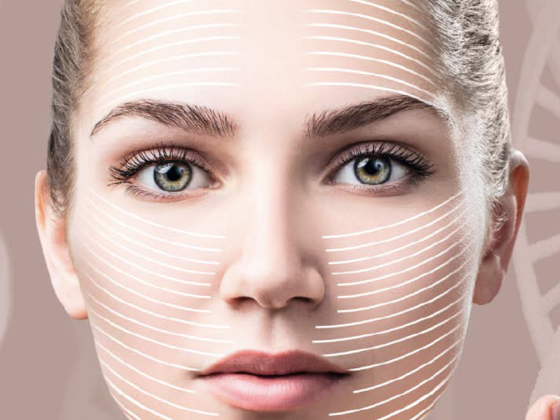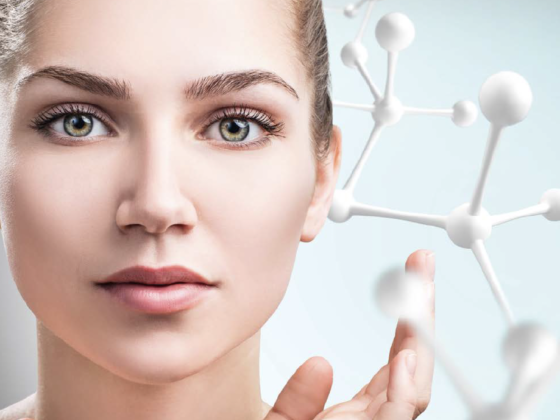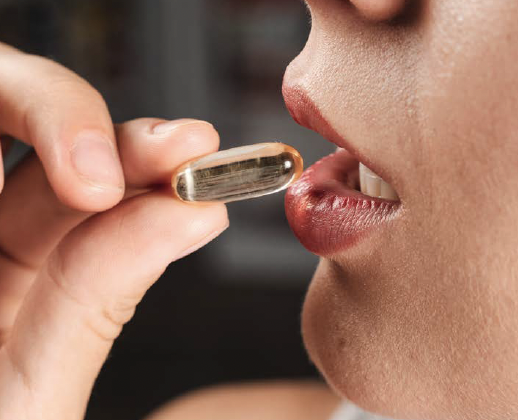Dr Claude Chauchard
Stem cells can be classified into several types based on their origin and differentiation potential. Here are the main types of stem cells that can be used in medicine and research:
A. Classification

1. Embryonic Stem Cells (ESCs)
• Origin: Derived from the embryo at the blastocyst stage (about 5 days after fertilisation).
• Differentiation Potential: Totipotent (capable of differentiating into all cell types of the organism) or pluripotent (capable of differentiating into almost all cell types).
• Uses: Research on embryonic development, regenerative medicine, cell therapy.
2. Adult Stem Cells (ASCs)
• Origin: Found in various adult tissues such as bone marrow, blood, skin, liver, etc.
• Differentiation Potential: Multipotent (can differentiate into several cell types, but more limited than ESCs).
• Uses: Treatment of blood diseases (like leukemia), tissue-specific regeneration (bones, muscles), autologous cell therapy (using the patient’s own cells).
3. Mesenchymal Stem Cells (MSCs)
• Origin: Derived from bone marrow, adipose tissue, umbilical cord, etc.
• Differentiation Potential: Multipotent (can differentiate into bone, cartilage, fat cells, etc.).
• Uses: Repair of bone and cartilage tissues, treatment of inflammatory and autoimmune diseases, regenerative medicine.
4. Induced Pluripotent Stem Cells (iPSCs)
• Origin: Adult somatic cells (such as skin fibroblasts) reprogrammed to become pluripotent.
• Differentiation Potential: Pluripotent (similar to embryonic stem cells, can differentiate into almost all cell types).
• Uses: Research on development and diseases, regenerative medicine, disease modelling, drug testing.
5. Haematopoietic Stem Cells (HSCs)
• Origin: Bone marrow, peripheral blood, umbilical cord blood.
• Differentiation Potential: Multipotent (can differentiate into all blood cells).
• Uses: Bone marrow transplants, treatment of blood diseases (such as leukemia and anemia).
6. Neural Stem Cells
• Origin: Central nervous system (brain and spinal cord).
• Differentiation Potential: Multipotent (can differentiate into various types of nerve cells).
• Uses: Research on neurodegenerative diseases (such as Parkinson’s disease and multiple sclerosis), therapies for central nervous system injuries.
Each type of stem cell has specific advantages and challenges, and their use depends on therapeutic or research needs. Advances in this field continue to open new possibilities for the treatment of many diseases and medical conditions.
Stem cells represent a major breakthrough in therapeutic treatments, including in the field of anti-aging medicine. Here’s an overview of recent therapeutic advancements and future prospects in this area:
B. Therapeutic Advancements
1. Tissue Regeneration and Organ Repair:
Stem cells, particularly mesenchymal stem cells (MSCs), have shown potential in regenerating and repairing various damaged tissues and organs. They can differentiate into different cell types, helping to repair skin, muscle, and cartilage tissues.
2. Treatment of Degenerative Diseases:
Stem cell therapies are being developed to treat degenerative diseases such as Alzheimer’s, Parkinson’s, and heart diseases. These treatments aim to replace damaged cells with functional stem cells.
3. Exosome Therapy:
Exosomes derived from stem cells are nanoparticles that play a key role in cellular communication. They contain proteins, lipids, and messenger RNAs that can modulate inflammation, stimulate tissue regeneration, and repair cellular damage. Exosomes are increasingly used in anti-aging treatments for their regenerative properties.
C. Anti-Aging Medicine
1. Skin Rejuvenation:
Stem cell and exosome-based treatments are used to improve skin appearance. They promote collagen and elastin production, reducing wrinkles and improving skin elasticity. Stem cell therapies can also help treat skin conditions such as scars and burns.
2. Muscle Repair and Regeneration:
Stem cells can be used to regenerate muscle tissue, helping to maintain muscle mass and strength with age. This is particularly important for preventing sarcopenia, the loss of muscle mass related to aging.
3. Joint and Cartilage Health:
Stem cell therapies are being explored to treat osteoarthritis and other degenerative joint diseases. Stem cells can help regenerate damaged cartilage and reduce inflammation, improving mobility and reducing pain.
4. Organ Revitalisation:
Research is ongoing to use stem cells to revitalise aging organs, such as the heart and kidneys. The goal is to improve organ function and extend healthy lifespan.
D. Future Prospects
1. Personalised Treatments:
With advances in personalised medicine, stem cell therapies can be tailored to the specific needs of each individual, maximising their effectiveness.
2. Combined Therapies:
Integrating stem cells with other regenerative therapies, such as gene therapy and biomaterials, could enhance therapeutic outcomes.
3. Research and Regulation:
Continued research and clinical trials are essential to fully understand the potential of stem cells. Strict regulations will ensure that treatments are safe and effective.
Stem cell therapies offer immense potential for anti-aging medicine, with applications ranging from skin rejuvenation to organ regeneration. These advancements promise not only to improve aesthetic appearance but also to extend healthy lifespan.
Dr Claude Chauchard

A renowned specialist in Nutrition, weight control and Medicine for Age Prevention. More than a million copies of 14 books sold in more than 5 languages. Founder of the Anti-Aging clinic concept. La Clinique De Paris, established in China, Taiwan, Japan and Korea since 1992. Assistant professor at the universities of SEOUL and PEKING. Creator of the online Chrono Géno Nutrition method.
More informations: lcdpi.net














